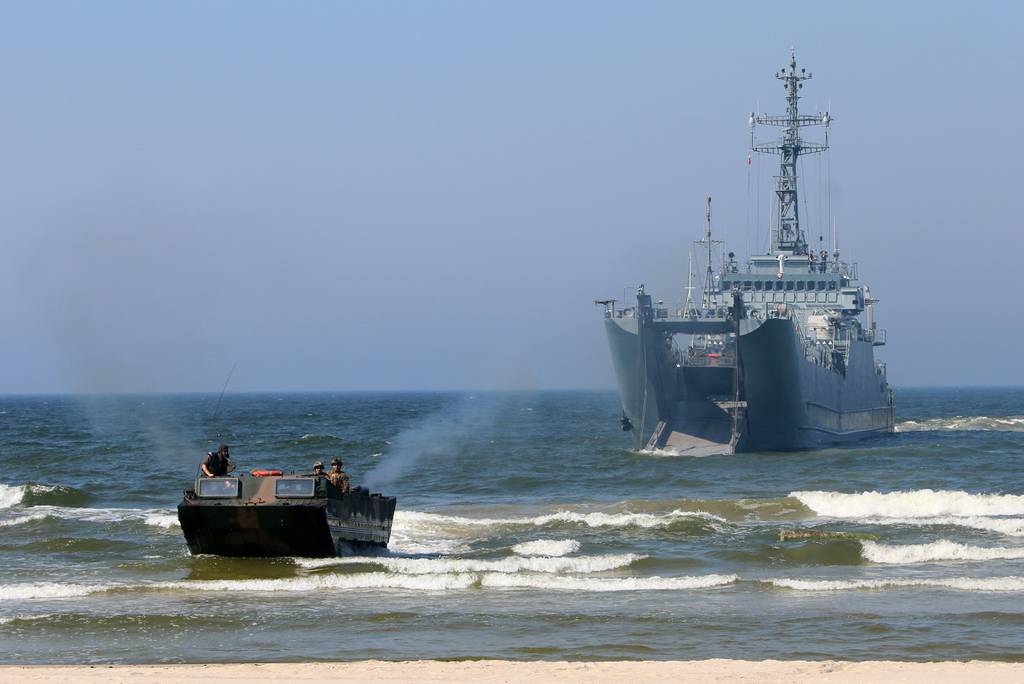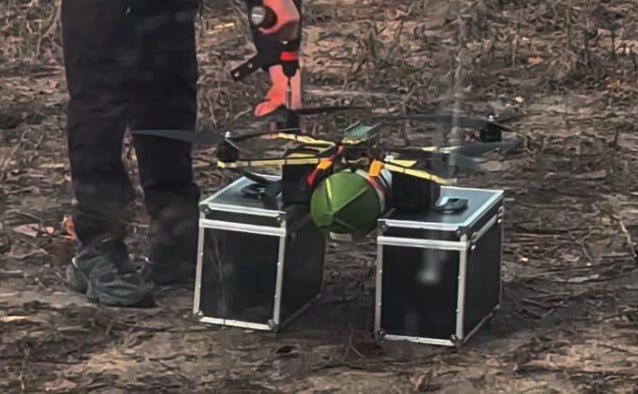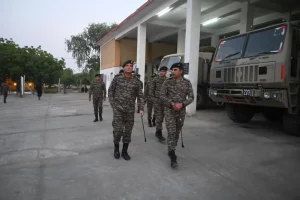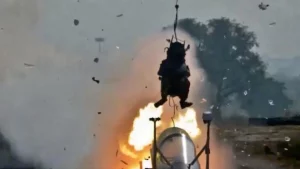A Finnish court is set to announce its verdict regarding the captain and two senior officers of the ship Eagle S on Friday. This ship, registered in the Cook Islands, is believed to be connected to Russia’s so-called “shadow fleet,” which is implicated in cutting undersea cables in the Baltic Sea. The three crew members are accused of damaging five undersea cables in the Gulf of Finland after allegedly dragging the ship’s anchor along the seabed for approximately 90 kilometers (56 miles) on December 25, 2024.
The incident has raised alarms amid escalating tensions surrounding the Baltic Sea, particularly following Russia’s full-scale invasion of Ukraine in February 2022. Many analysts and political figures view the suspected sabotage of the undersea cables as part of a broader “hybrid war” strategy employed by Russia against Western nations.
The Eagle S is thought to be among the fleet of aging oil tankers utilized by Russia to evade sanctions imposed by Western powers due to the Ukraine conflict. Notably, the trial did not delve into potential Russian culpability for the incident.
The forthcoming ruling comes shortly after French prosecutors announced the arrest of two senior crew members from another Russian-linked tanker, the Benin-flagged Boracay. The Boracay had been spotted off the Danish coast amidst suspicious drone activity that led to the temporary closure of several airports.
In the Finnish trial, the prosecution has accused Captain Davit Vadatchkoria of Georgia and senior officers Robert Egizaryan, also Georgian, and Santosh Kumar Chaurasia of India, of intentionally neglecting their duties after departing from Russia’s Ust-Luga port. They face charges of “aggravated criminal mischief and aggravated interference with communications,” with prosecutors seeking unconditional prison sentences of at least two and a half years.
The prosecution contends that the crew failed to investigate a drop in both speed and engine revolutions that indicated external interference. They argue that it was evident that the anchor was dragging, and queried how it could go unnoticed for such an extended distance.
Throughout the trial, which saw testimonies presented in August and September, the defendants maintained their innocence, claiming the severing of the cables was accidental. They also attributed the ship’s slowed speed to mechanical failure and adverse weather conditions. Vadatchkoria asserted there were no signs to indicate that the anchor had fallen overboard.
The EstLink 2 power cable, along with four telecommunications cables linking Finland and Estonia, were among the damaged infrastructure from this incident, which is one of multiple similar occurrences reported last year.
Following the Russian invasion of Ukraine, Finland alongside Sweden joined NATO, which has since heightened its surveillance and military presence in the Baltic Sea region. Furthermore, the court is expected to deliberate on the jurisdictional question of whether Finland holds authority in this case, given that the cable damages occurred outside of Finnish territorial waters. The defense argues that jurisdiction is lacking, while the prosecution contends that the implications for Finland’s critical infrastructure warrant its authority over the case.


















